The National Academies of Sciences, Engineering, and Medicine hosted a workshop, sponsored by the Gordon and Betty Moore Foundation and The John A. Hartford Foundation, to examine the current scientific landscape and research opportunities for improving diagnosis in older adults within the U.S. health care system. This workshop was part of a series on diagnostic excellence. Below are key themes discussed by workshop participants.
“One of the primary goals of our meeting was to bring together two communities—the community focused on improving care for older adults and the community focused on improving the quality and safety of the diagnostic process. Our hope is that we can identify areas of overlap, identify areas where one community can learn from the other, and identify new frontiers that both communities can collaborate on together.”
— Daniel Yang, Gordon and Betty Moore Foundation
Watch the video: Daniel Yang
“We [at The John A. Hartford Foundation] are trying to create an age-friendly health system, and you cannot have an age-friendly health system if you don’t have accurate diagnoses for older people.”
— Terry Fulmer, The John A. Hartford Foundation
Watch the video: Terry Fulmer
“The diagnostic process is iterative. It's like a journey, which means it takes place over time, it takes place over space, but it's also a partner journey, meaning that when it comes time to build a system to deliver predictive information, it has to include not just the patient, but also their caregiver and whoever else is involved in their care in addition to the clinician.”
— Gary Weissman, The University of Pennsylvania
Watch the video: Gary Weissman

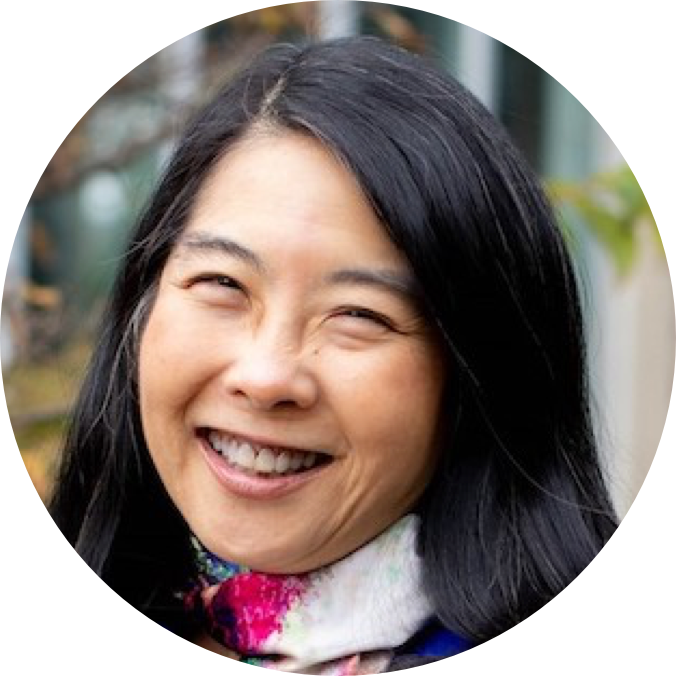
“Education and training across health professions, not only in medical schools, but in nursing schools, physical therapy schools, everywhere, need to [emphasize] the importance of things like atypical presentations, adverse effects of medication, and the importance of assessing cognition and mobility in older adults.”
— Sharon Inouye, Harvard Medical School
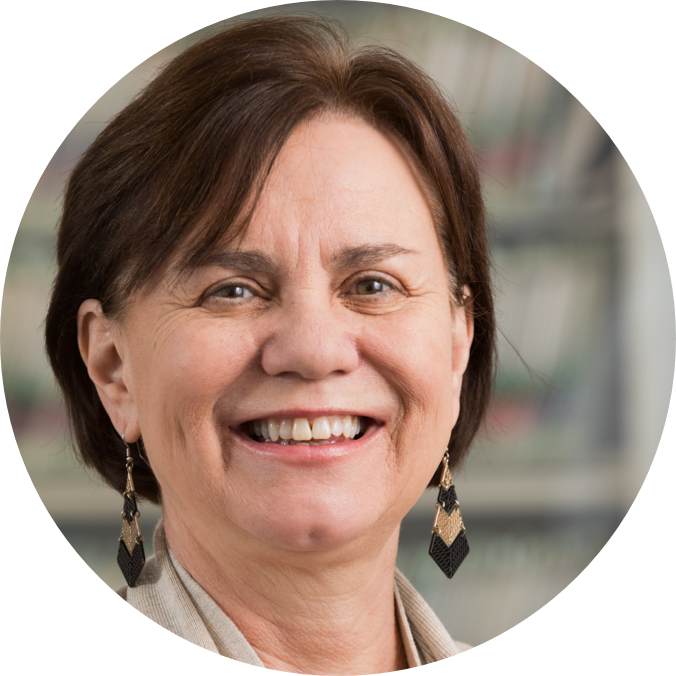
“Shared decision making for older adults involves the patient and care partners articulating goals desired and the care they’re willing and able to receive to achieve them, and then health professionals along with patients and care partners identify and act on factors impeding these goals.”
— Mary Tinetti, Yale University School of Medicine

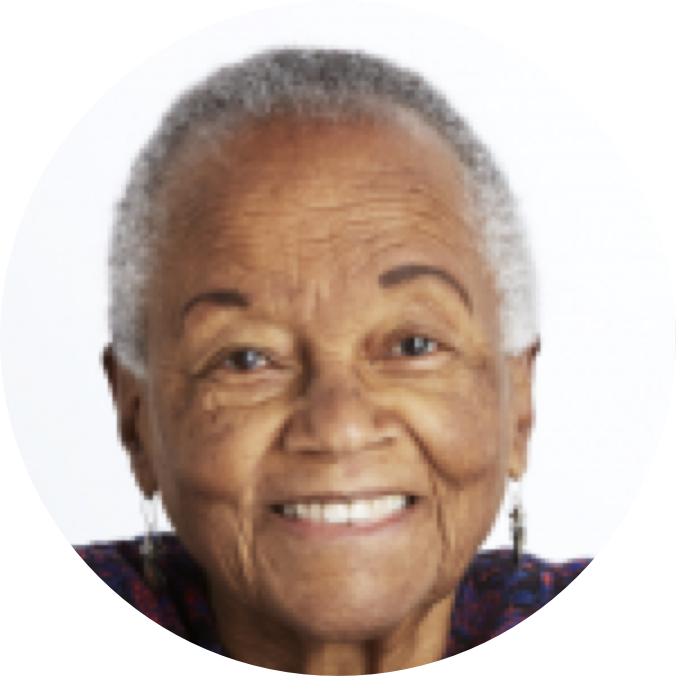
“Older patients want to be heard and understood to maintain their dignity and sense of control. Furthermore, assessing the relationship between the patient and the caregiver can provide the doctor with an important element of the patient’s story and help build a sense of a team working together. ”
— Beverly Canin, SCOREboard Patient Advocate Board
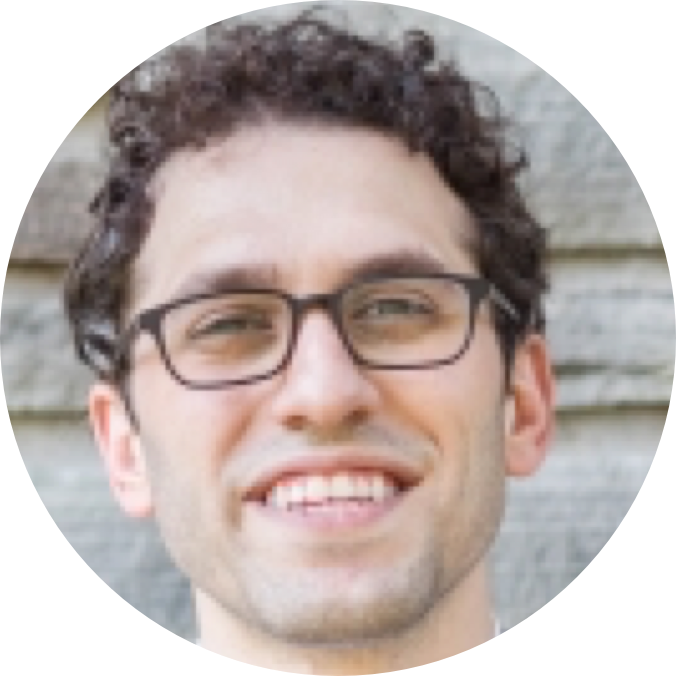
“It is our health care system that is the barrier for older adults to seek care. We lack sustainable accommodation programs for hearing loss.”
— Nicholas Reed, Johns Hopkins University Bloomberg School of Public Health


“The home, we believe, is more than simply a place to live. It can be a platform to engage with new technologies and services and enable a better life tomorrow.”
— Shabnam FakhrHosseini, Massachusetts Institute of Technology AgeLab

“Ethical implementation [of technology] does not follow a one-size-fits-all approach for monitoring. It is critical that we allow for diverse preferences and enable refusal because context matters and people differ.”
— Clara Berridge, University of Washington

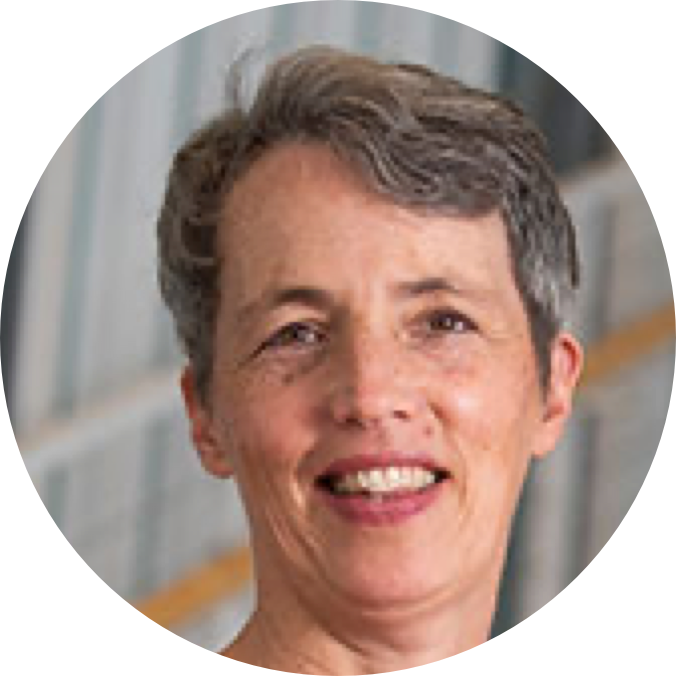
“It’s no longer okay simply to make medical advances and advances in treatment and ways of providing services without putting equity first.”
— Sarah L. Szanton, Johns Hopkins School of Nursing

“Among LGBTQ plus adults age 50 and older, two-thirds of them have experienced three or more [episodes] of discrimination and victimization, [and] 13 percent have been denied [care] outright or provided inferior health care. So part of the idea behind diagnostic excellence is sensitivity to variation and the involvement of family or other caregivers.”
— Charlie Hoy-Ellis, University of Utah

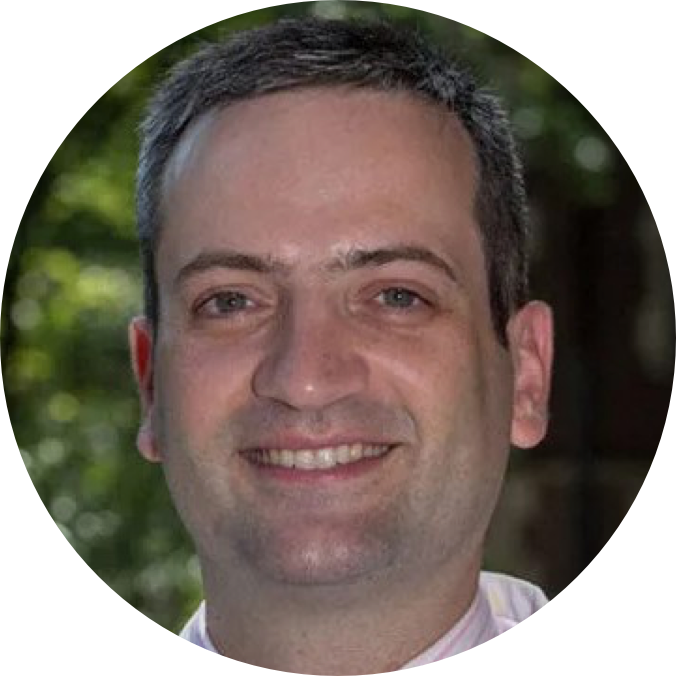
“Older adults are routinely excluded from RCTs and observational studies, so we don't have the same high-quality data sets for them. These considerations have direct implications for the building of clinical AI systems, both on the analytic side and determining the optimal labels, the optimal analytic approaches, and workflows, but also on the human factor side in figuring out how to integrate the delivery of predictive information at the bedside.”
— Gary Weissman, University of Pennsylvania
“The vulnerability of older adults due to isolation, challenges related to hearing, cognition, and mobility limitations, as well as complications from medications, combined with a well-developed sense of individual identity, creates challenges in caring for this population within the health care system, and also highlights the need for whole-person care.”
— Andrew Bindman, Kaiser Permanente
Watch the video: Andrew Bindman